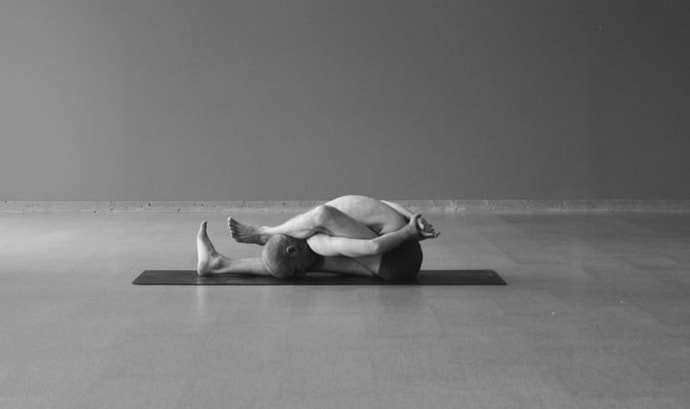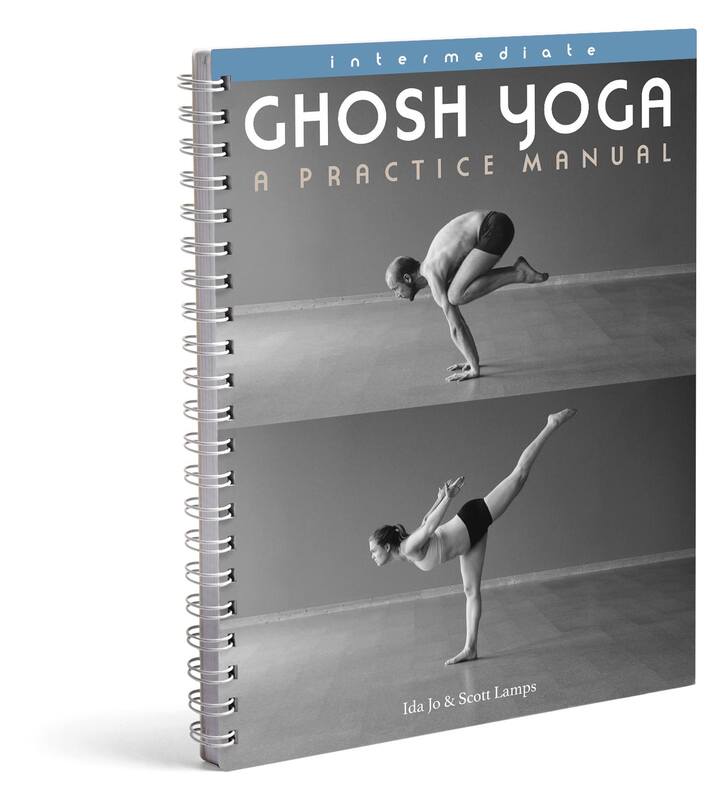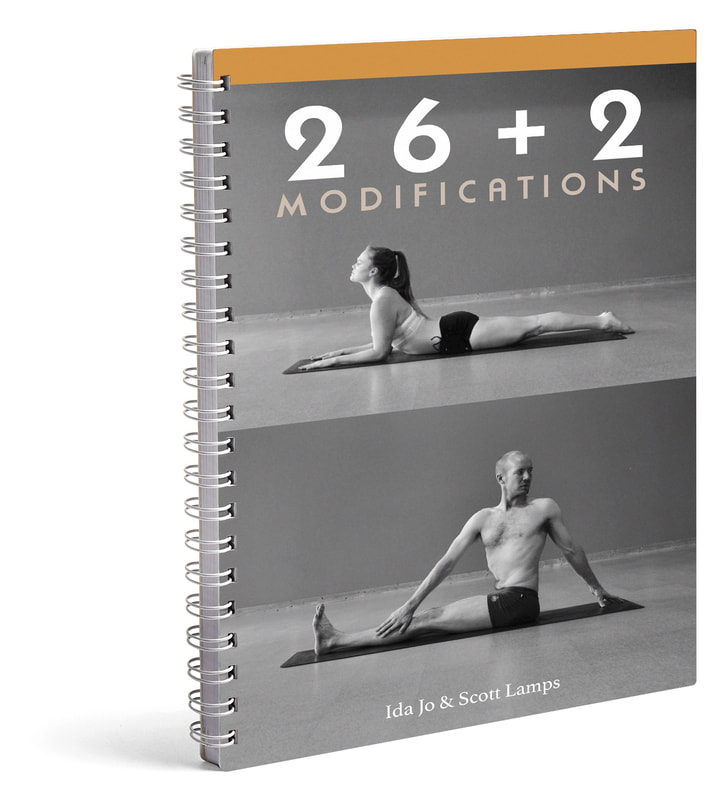|
When we practice yoga postures, we might be doing them for different reasons. We may be trying to reduce the pain in our backs, improve our balance, burn a few calories or experience a deeper spirit within. These are drastically different goals, and we can't use the same techniques to achieve them all. Hundreds of "yoga" postures and practices exist these days, and they don't all attain the same things. As you practice, think carefully about what you are trying to accomplish, and use those postures that will help. Here are the 5 different types of yoga postures:
1. Seated, meditation postures. These are the oldest, most traditional yoga postures. When the Yoga Sutras (or any text that is more than 1,000 years old) refer to asanas, this is what they mean: a seated, upright, stable and relaxed position. These positions are not used for their own benefit or to create health, but to facilitate the more internal practices of breath control and meditation. These are the quintessential "yoga postures," Lotus and Siddhasana. 2. Positions to prepare the body for seated meditation or help the body recover from it. As anyone who has tried to sit still for a long period of time knows, it is difficult for the body. A certain amount of flexibility is required in the hips and knees, and some strength and control is required in the spine. How does one build these? Several positions, usually seated, were propagated in early hathayoga to help the body prepare for sitting or recover from the imbalances that arise during sitting. These postures include Cowface, Butterfly, Cobra, Bow and Locust. These are some of the first non-Lotus postures. 3. Anti-gravity postures. Influenced by tantra, hathayoga had many practices that were designed to prevent the precious bindu from dripping out of the head and into the abdominal fire. This was thought to improve vitality, spiritual potency and life. This is where we get the practices that turn the body upside down or "draw upward" the energy, winds or fluids of the body. Headstand, Shoulderstand, Mula Bandha, Uddiyana Bandha, and the upward-focused intention of many postures are intended for this purpose. 4. For physical health. These postures and exercises are much more recent, often coming from calisthenics, gymnastics and wrestling. They build strength, flexibility and health in the body. There are lots of different positions that affect varied parts of the body, so they are vast and diverse. Kuvalayananda called these "cultural" postures. These have become central to the practice of modern yoga. 5. For demonstration and impressive accomplishment. From ancient times, yogis have been associated with the ability to do remarkable feats. In the last couple hundred years, that has increasingly meant physical demonstrations of balance, endurance, strength and flexibility. Influenced by the developments of gymnastics, acrobatics and contortion, these practices include Splits, Handstand and most arm balances. This tendency toward outwardly impressive beauty has been compounded with the rise of photography, the internet and visual communication media like Instagram. Who doesn't love to see a beautiful, impressive picture of a body? One type of posture is not better than the others. There is no hierarchy here, though as yogis some danger lies in focusing on the body and in cultivating techniques for display. Worth noting is that postures can have drastically different purposes, goals and intentions. When we practice them, we should know what we are practicing so we can move in the right direction.
1 Comment
4/28/2022 08:26:26 am
It's a great read. I also started my yogic journey few months back, and this article helps a lot.
Reply
Leave a Reply. |
AUTHORSScott & Ida are Yoga Acharyas (Masters of Yoga). They are scholars as well as practitioners of yogic postures, breath control and meditation. They are the head teachers of Ghosh Yoga.
POPULAR- The 113 Postures of Ghosh Yoga
- Make the Hamstrings Strong, Not Long - Understanding Chair Posture - Lock the Knee History - It Doesn't Matter If Your Head Is On Your Knee - Bow Pose (Dhanurasana) - 5 Reasons To Backbend - Origins of Standing Bow - The Traditional Yoga In Bikram's Class - What About the Women?! - Through Bishnu's Eyes - Why Teaching Is Not a Personal Practice Categories
All
Archives
April 2024
|







 RSS Feed
RSS Feed